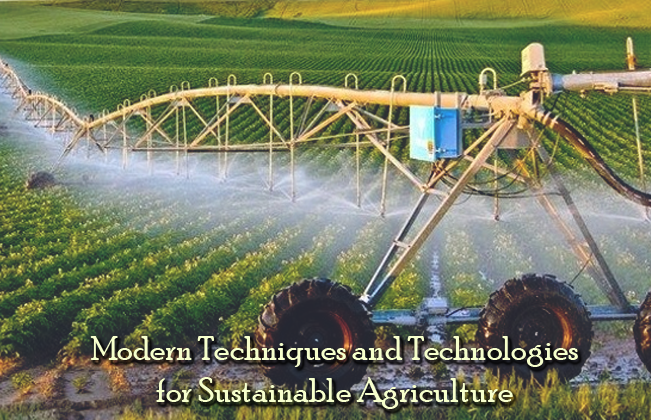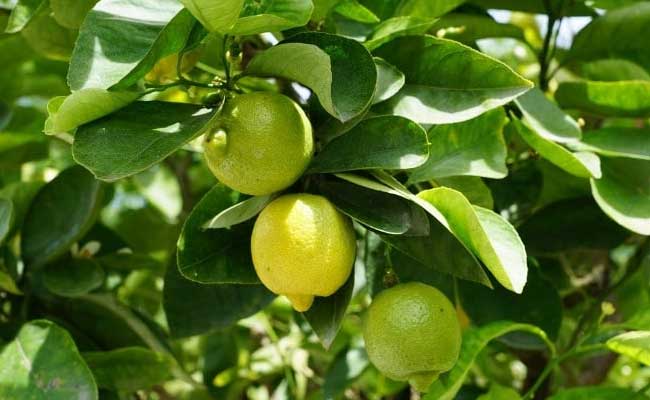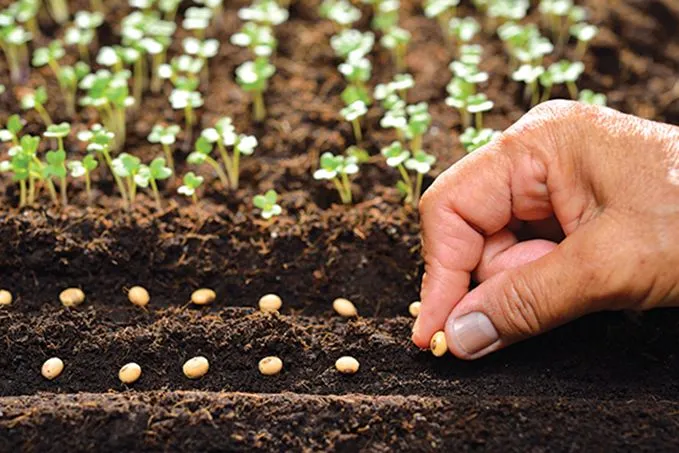Modern Techniques and Technologies: Agriculture is the backbone of the world’s economy, providing food, feed, and fiber for humanity. It is the largest employer and a significant contributor to gross domestic product (GDP) in many countries. However, the growing population and changing climate pose significant challenges to the agricultural sector, which requires modern and sustainable technologies to overcome these challenges. Modern techniques and technologies for sustainable agriculture aim to improve crop productivity, reduce environmental impact, and enhance socio-economic development. In this article, we will discuss some of the modern techniques and technologies used in sustainable agriculture.
Precision Agriculture :

Precision agriculture is a farming technique that involves using data-driven technologies to optimize crop production while minimizing environmental impact. The approach involves the use of technologies such as GPS, remote sensing, and GIS to analyze field variability and determine the optimal input applications for each specific area of a farm. This method can help reduce the use of fertilizers and pesticides, leading to improved soil quality and increased crop yield.
Vertical Farming :
Vertical farming is a technique that involves growing crops in vertically stacked layers, using artificial lighting, and climate control technologies in a controlled environment. This technique has the potential to revolutionize agriculture by allowing year-round crop production, reducing the use of pesticides and herbicides, and saving water. Vertical farming also has the potential to produce more food per square meter of land than traditional farming methods.
Hydroponics :
Hydroponics is a technique of growing plants in nutrient-rich water, without soil. The method involves using a nutrient solution to provide all the necessary nutrients to the plant. Hydroponics can help reduce water usage, reduce soil erosion, and increase crop yields. This technique is particularly useful in areas with limited access to arable land.
Aeroponics :
Aeroponics is a technique of growing plants in an air or mist environment without soil or any other medium. The roots of the plants are exposed to a nutrient-rich mist that provides all the necessary nutrients. This technique can help reduce water usage, increase crop yield, and save space.
Agroforestry :
Agroforestry is a sustainable farming system that involves growing trees, shrubs, and crops together in a mutually beneficial way. The approach aims to maximize the use of land and resources while providing economic, social, and environmental benefits. Agroforestry can help reduce soil erosion, improve soil quality, and provide a diverse range of products for farmers.
Integrated Pest Management (IPM) :
Integrated Pest Management (IPM) is a sustainable approach to pest control that involves using a combination of biological, cultural, and chemical control measures to manage pests. The approach aims to minimize the use of pesticides and reduce the impact on the environment. IPM involves monitoring pests and using the most effective and environmentally friendly control methods.
Crop Rotation :
Crop rotation is a technique of planting different crops in a sequence to improve soil quality and reduce the build-up of pests and diseases. The technique involves rotating crops with different nutrient requirements, and planting crops that help improve soil quality, such as legumes. Crop rotation can help reduce the use of pesticides and fertilizers, increase soil fertility, and reduce erosion.
Conservation Agriculture :
Conservation agriculture is a farming system that involves minimizing soil disturbance, maintaining soil cover, and rotating crops to reduce erosion and increase soil fertility. This approach aims to increase crop yield, reduce environmental impact, and improve soil health. Conservation agriculture involves using cover crops, minimum tillage, and crop rotation to achieve these goals.
Drip Irrigation :
Drip irrigation is a technique of providing water to crops directly to the root zone, using a network of pipes and emitters. This method can help reduce water usage, improve crop yield, and reduce soil erosion.
Read Also: Pest and Disease Management
![]()





